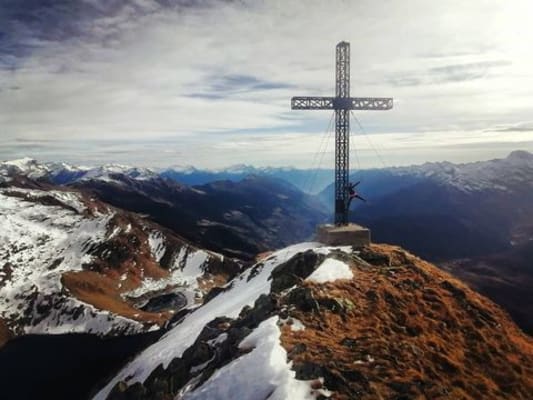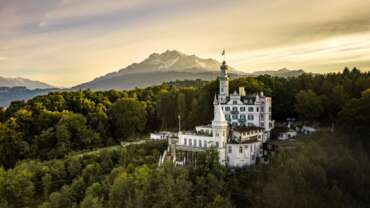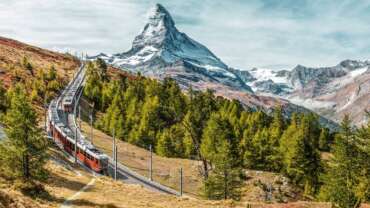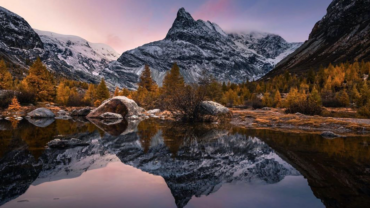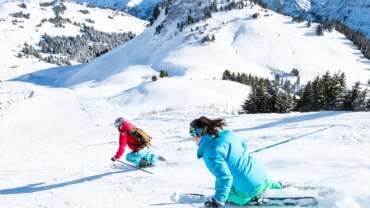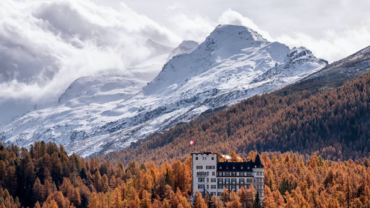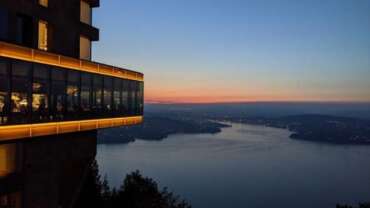Unesco World Heritage Sites in Switzerland
UNESCO World Heritage sites are witnesses to the history of earth and mankind. They tell the story of the country’s formation and are part of the Swiss identity. Each one of these places stands for authenticity, quality and diversity across generations.
Architectural works by Le Corbusier declared UNESCO World Heritage sites
Works of Swiss architect Le Corbusier named UN world heritage sites: UNESCO includes Corbusier buildings in seven countries in its list.
Pile Dwellings around the Alps
The series of “Prehistoric pile dwellings around the Alps“ comprises a selection of 111 of the almost 1,000 known archaeological pile dwelling stations in the six countries surrounding the Alps. (Switzerland, Germany, Austria, France, Italy and Slovenia). Of these, 56 are discovered in Switzerland.
UNESCO Biosfera Engiadina Val Müstair
High Alpine areas, wild roaring mountain streams, idyllic villages with their own cultural landscapes, colourful meadows teeming with life and mystical forests are all to be found in the UNESCO Biosfera Engiadina Val Müstair.
La Chaux-de-Fonds / Le Locle
The watchmaking centres of La Chaux-de-Fonds and Le Locle have been awarded World Heritage status by Unesco in Sevilla. The two neighbouring towns in canton Neuchâtel joined nine other Swiss sites that already benefit from the Unesco label, with the agency committee recognizing the merits of the region’s unique architecture.
Tectonic Arena Sardona
Knife-sharp and yellow: The seldom line along the rock face around the Piz Sardona marks the Glarus overthrust – a phenomenon of world interest. Here, older rock strata have edged their way above younger rocks.
Rhaetian Railway, Albula/Bernina
130 kilometres in one train. The Albula/Bernina railway line forms the heart of the Unesco World Cultural Heritage listing and is regarded as one of the world’s most spectacular routes. The UNESCO route itself covers 122 kilometres from Thusis to Tirano, passing 196 bridges, 55 tunnels and 20 towns along the way.
Lavaux, Vineyard Terraces
At 800 hectares, the terraced vineyards of the UNESCO region Lavaux form Switzerland’s largest contiguous vineyard area with terrace after terrace offering magnificent views.
UNESCO Biosphere Entlebuch
Seemingly endless moorlands, craggy karst formations and wild mountain streams make for special experiences and views. Switzerland’s first biosphere reserve offers natural beauty at its finest. Almost no other region in Switzerland has as many natural treasures as the “Wild West” of Lucerne.
Monte San Giorgio
Its summit offers up magnificent views and those inclined to scratch about on it will be left with the impression that marine fauna and other large animals once lived here.
UNESCO World Heritage Swiss Alps Jungfrau-Aletsch
The Jungfrau-Aletsch Region was chosen as the first Alpine UNESCO World Natural Heritage Site in 2001. At its heart lies the mighty rock massif of the Eiger, Mönch and Jungfrau and the glacial landscape around the Great Aletsch Glacier.
Bellinzona Castles
The three castles of Bellinzona are one of the main attractions in canton Ticino. Not only unique to the Alpine region; they also share a part on the prestigious UNESCO cultural world heritage list since the year 2000. The mighty walls, towers, battlements and gates of these imposing fortresses never cease to astonish visitors.
St. Gallen Abbey District
In St. Gallen you’ll find history at every turn. The city’s landmark is the Convent of St. Gall with its Baroque cathedral. The convent, including the library and monastery archives, was added to the Unesco World Heritage List in 1983.
Old City of Bern
Thanks to its well-preserved medieval townscape, the Old Town of Bern was entered onto UNESCO’s listing of World Heritage Sites in 1983.
Benedictine Monastery St. Johann
The internationally-renowned Convent of St. John in Müstair enjoys UNESCO World Cultural Heritage listing and owes its existence and uniqueness to Charlemagne. It is one of the few existing architectural examples from the Carolingian period.



